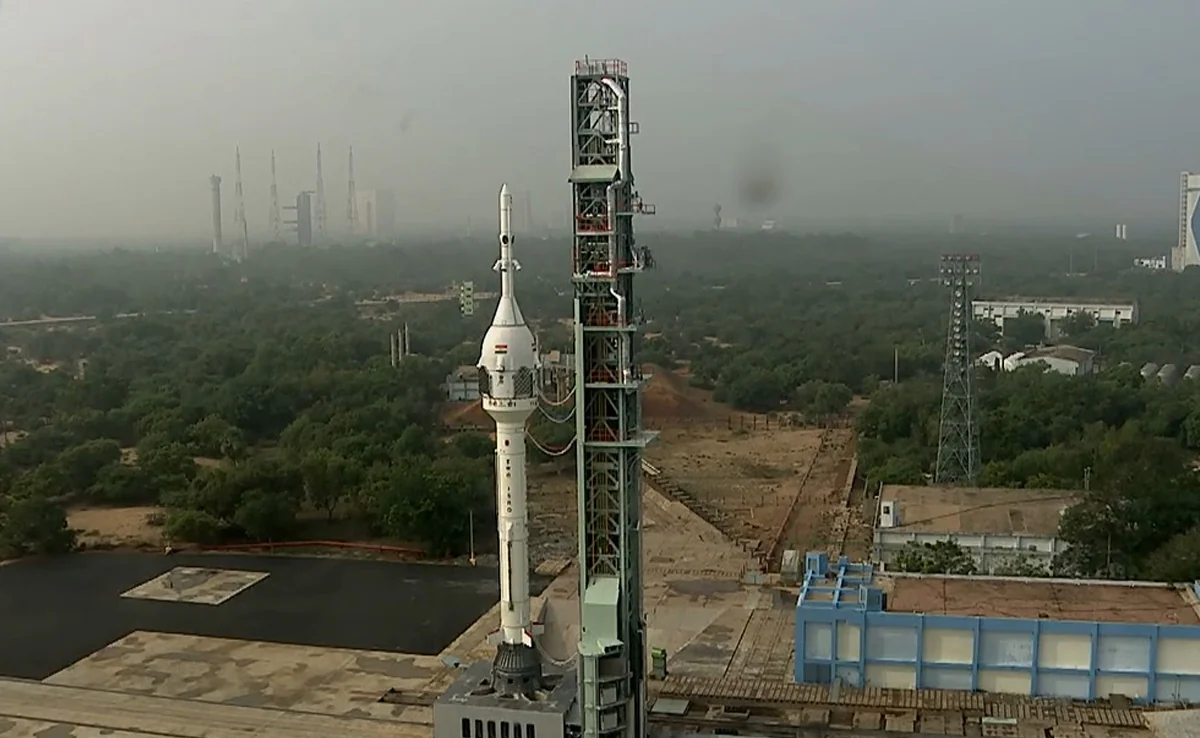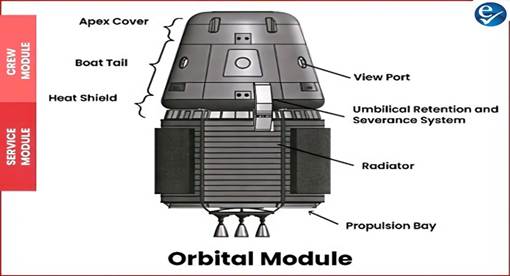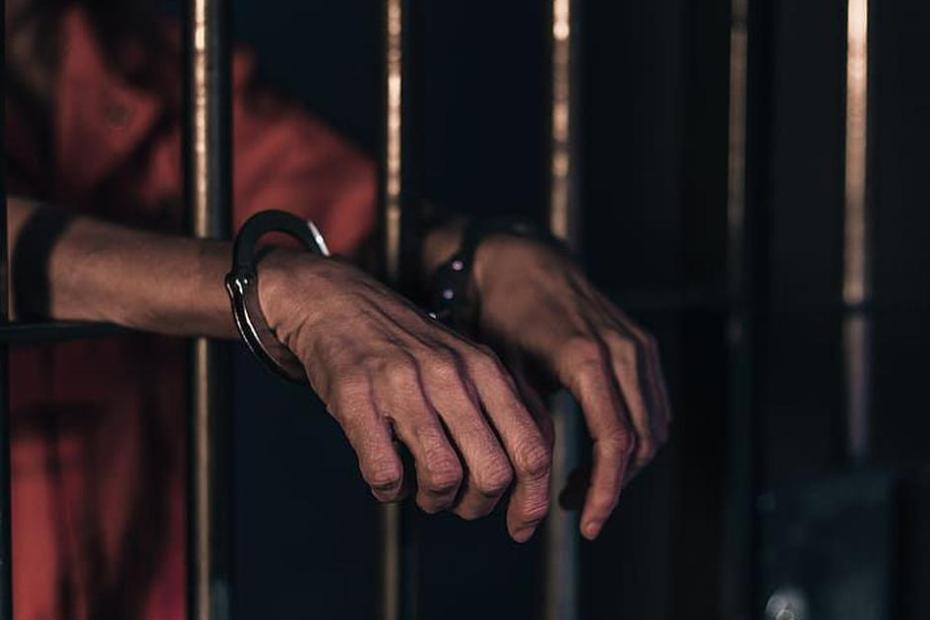- Courses
- GS Full Course 1 Year
- GS Full Course 2 Year
- GS Full Course 3 Year
- GS Full Course Till Selection
- Answer Alpha: Mains 2025 Mentorship
- MEP (Mains Enrichment Programme) Data, Facts
- Essay Target – 150+ Marks
- Online Program
- GS Recorded Course
- Polity
- Geography
- Economy
- Ancient, Medieval and Art & Culture AMAC
- Modern India, Post Independence & World History
- Environment
- Governance
- Science & Technology
- International Relations and Internal Security
- Disaster Management
- Ethics
- NCERT Current Affairs
- Indian Society and Social Issue
- NCERT- Science and Technology
- NCERT - Geography
- NCERT - Ancient History
- NCERT- World History
- NCERT Modern History
- CSAT
- 5 LAYERED ARJUNA Mentorship
- Public Administration Optional
- ABOUT US
- OUR TOPPERS
- TEST SERIES
- FREE STUDY MATERIAL
- VIDEOS
- CONTACT US
ISRO Moves Gaganyaan Mission to First Quarter of 2027
ISRO Moves Gaganyaan Mission to First Quarter of 2027
08-05-2025

- ISRO has rescheduled the Gaganyaan mission to the first quarter of 2027.
- The successful completion of Test Vehicle Abort Mission-1 (TV-D1) and the first uncrewed Test Vehicle Abort Mission set the stage for the upcoming tests.
- The second Test Vehicle Mission (TV-D2) will precede the uncrewed orbital flights of Gaganyaan.
- Vyommitra, a gynoid (female robot), will undertake the first uncrewed mission of Gaganyaan.
About Gaganyaan Mission
The objective is to demonstrate India’s human spaceflight capability by launching a crew of three astronauts into a 400 km Low Earth Orbit for a 3-day mission, followed by a safe return to Earth via sea landing.

Components of the Gaganyaan Mission
- Launch Vehicle Mark-3 (LVM-3):
- Previously known as GSLV Mk-III, it is a three-stage rocket.
- First stage: Two solid-fuel boosters attached to the rocket core.
- Second stage: Powered by two liquid-fueled Vikas 2 engines.
- Third stage: Equipped with CE-20 indigenous cryogenic engine using liquid hydrogen and oxygen.
- Orbital Module (8.2 tonnes):
- Launched into Low Earth Orbit by the LVM-3 rocket.
- Consists of two main parts:
- Crew Module:
- Accommodates up to three astronauts for a week.
- Equipped with parachutes for controlled descent during re-entry.
- Includes an Environmental Control and Life Support System (ECLSS) for air quality, temperature, waste, and fire management.
- Features a crew escape system for astronaut safety in case of ascent malfunction.
- Service Module:
- Provides propulsion to raise the orbital module’s altitude post-separation.
- Crew Module:
Powers the module’s return journey to Earth.
|
Also Read |
|
UPSC Foundation Course |
|
| UPSC Monthly Magazine | CSAT Foundation Course |




